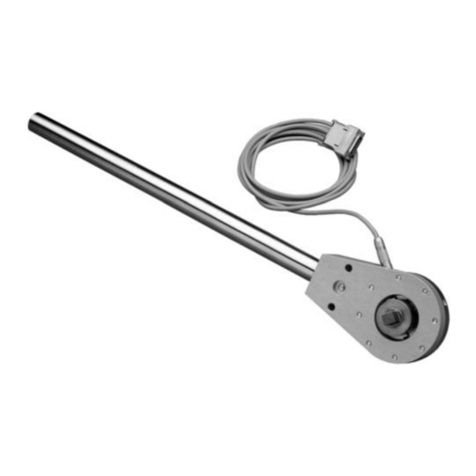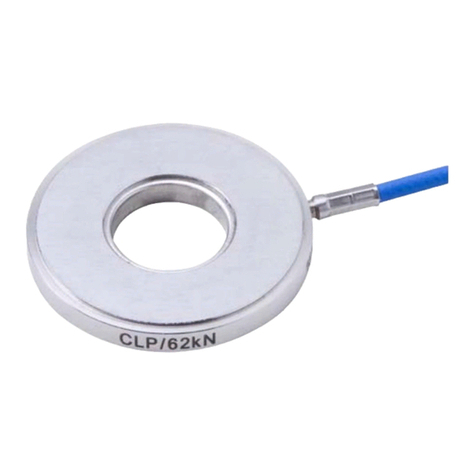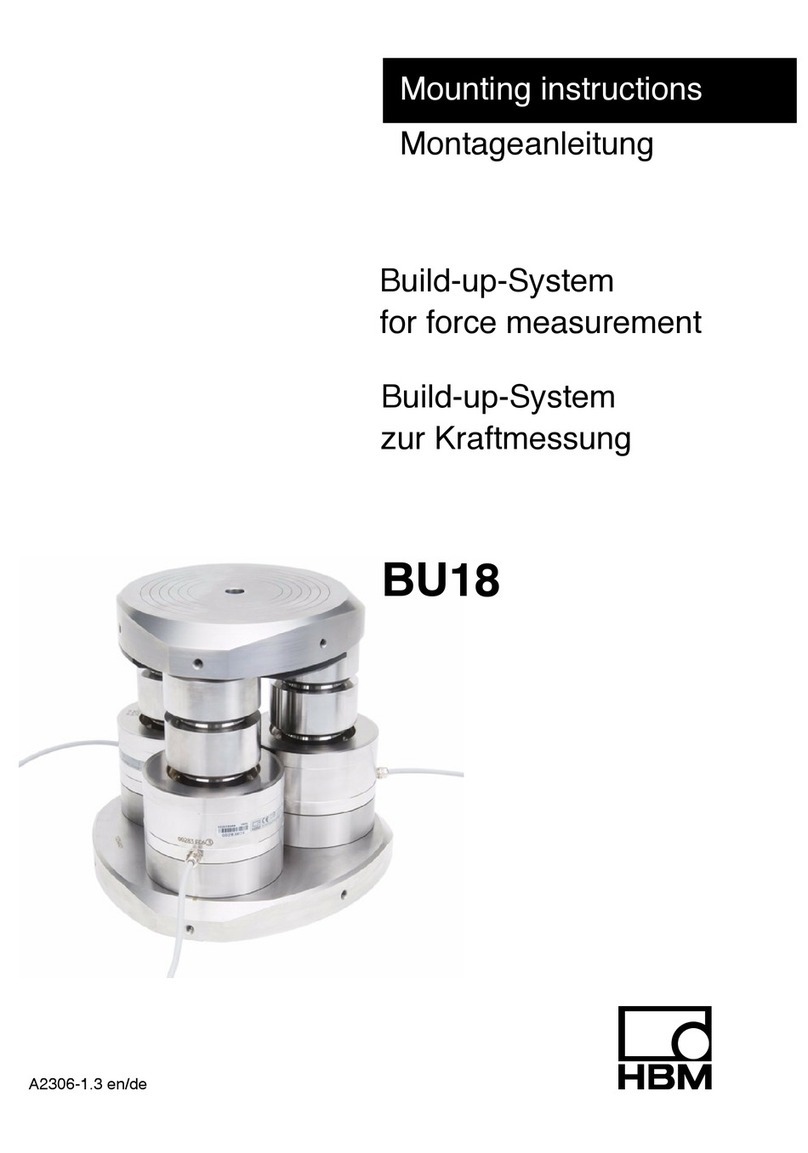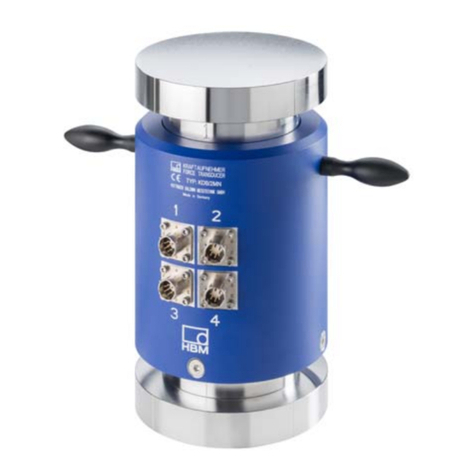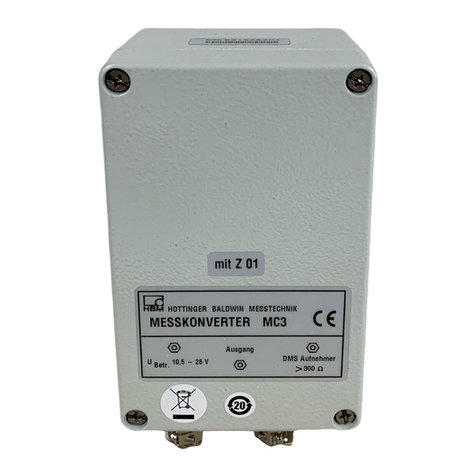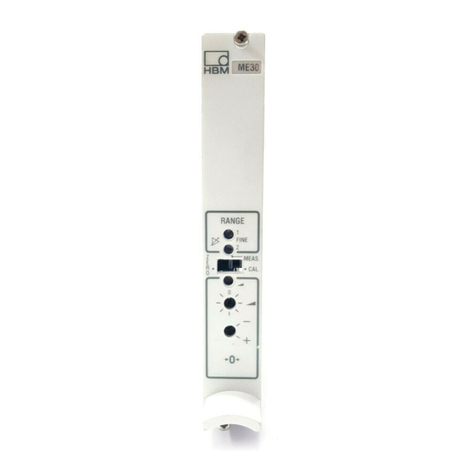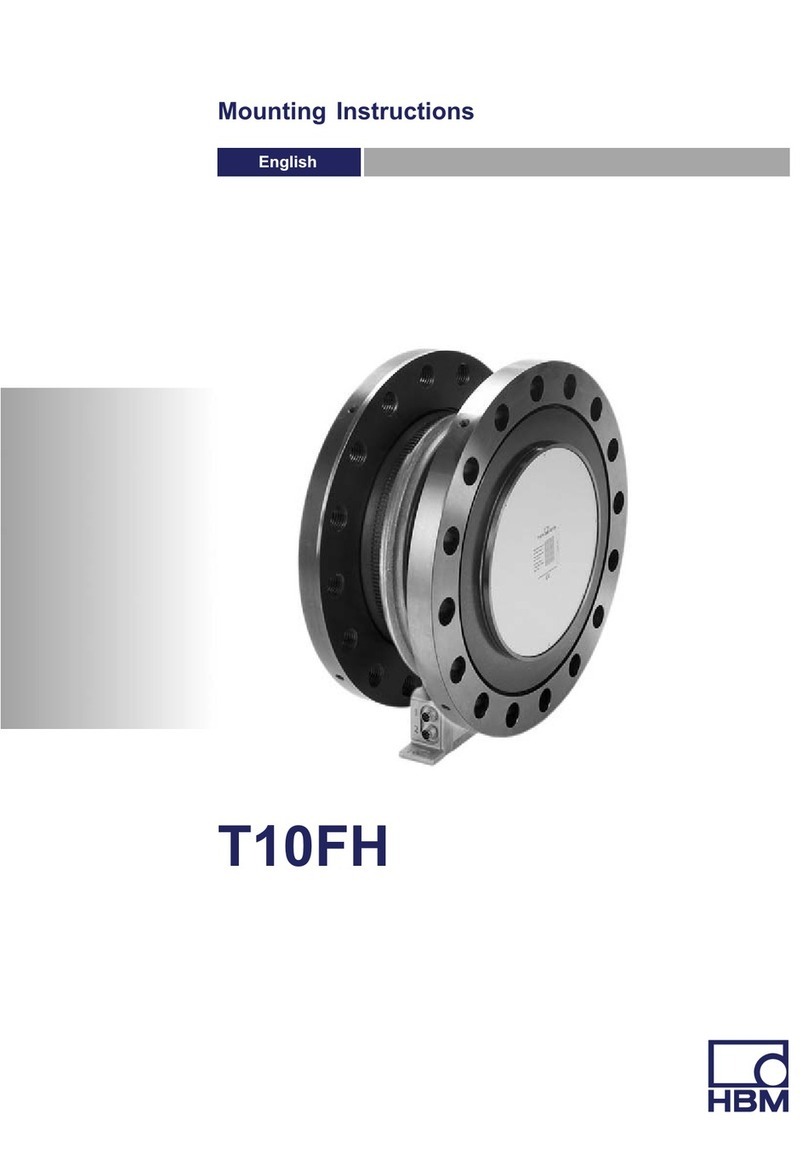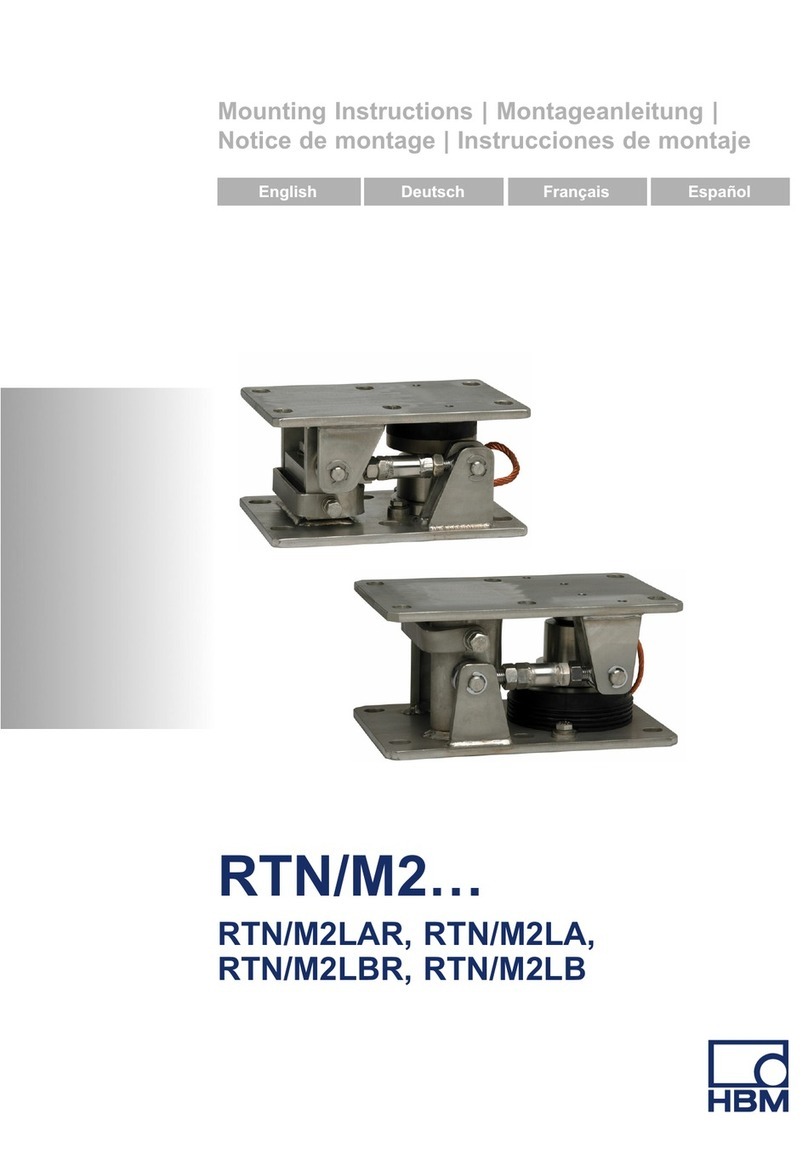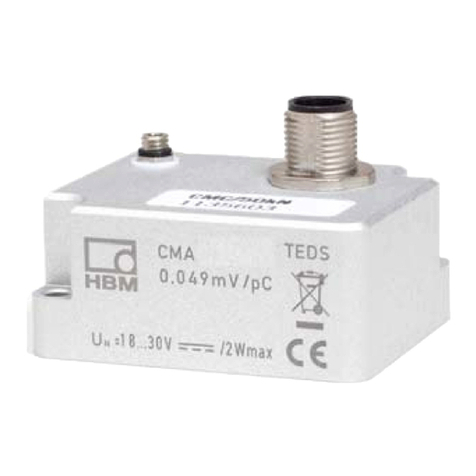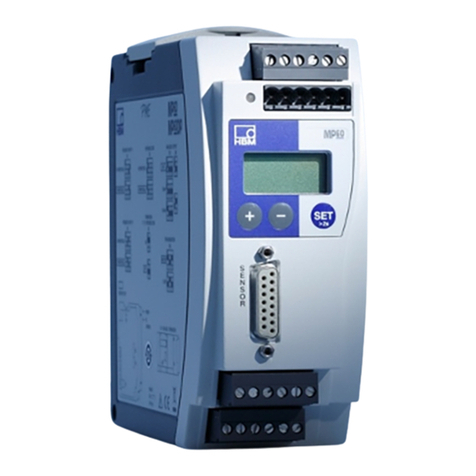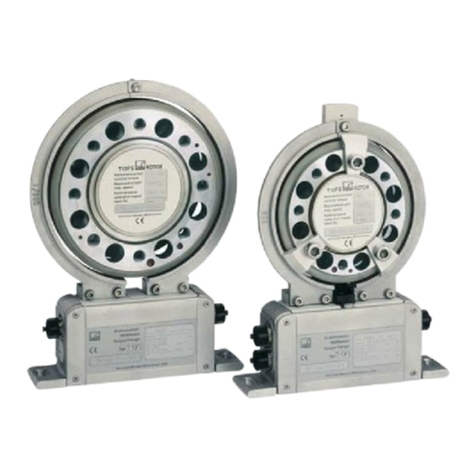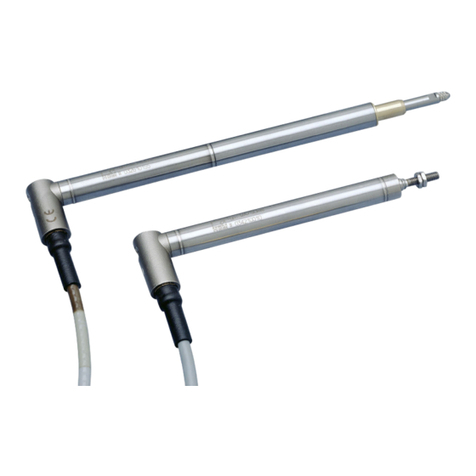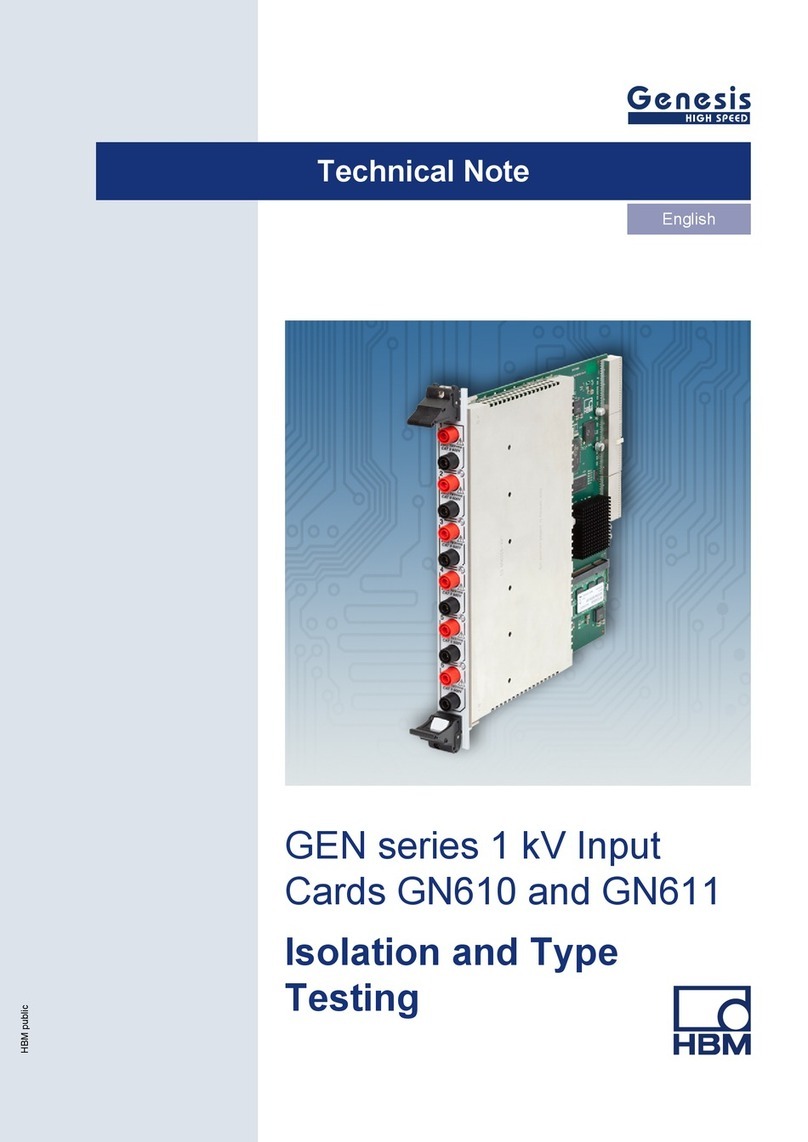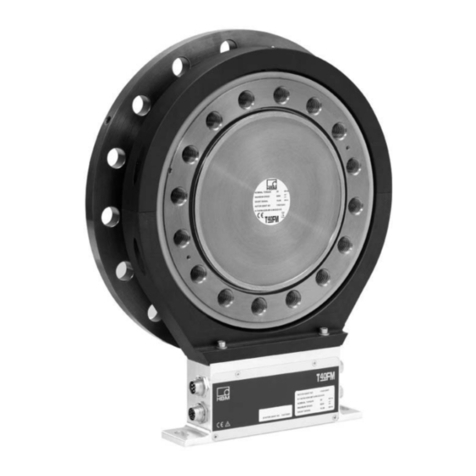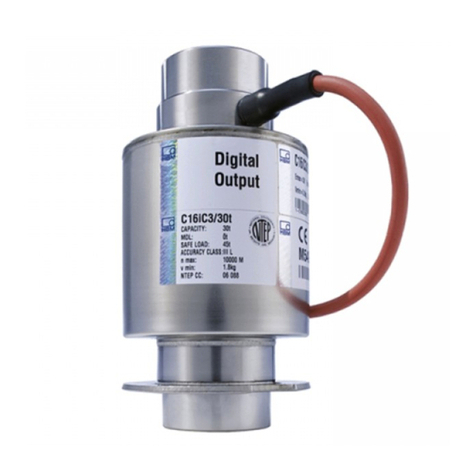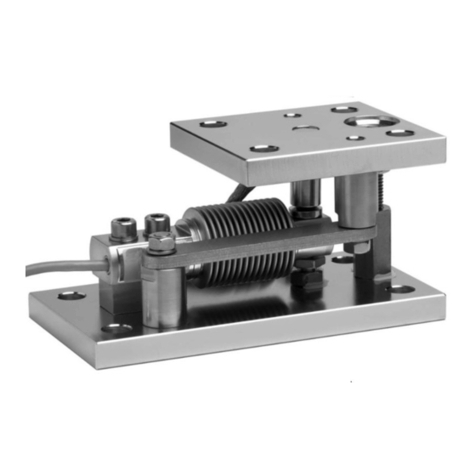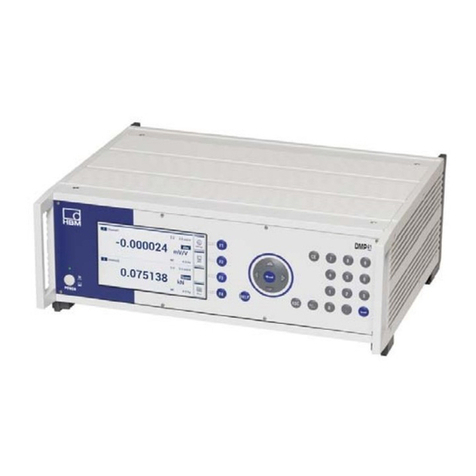
Safety instructions
4A05516_01_Y00_01 HBM: public C16i
General dangers due to non‐observance of the safety instructions
The C16i... load cell correspond to the state of the art and are fail‐safe. The
load cell can give rise to residual dangers if it is inappropriately installed and
operated by untrained personnel.
Everyone involved with the installation, commissioning, maintenance or repair
of a force transducer must have read and understood the Mounting Instructions
and in particular the technical safety instructions.
Residual dangers
The scope of supply and performance of the load cell covers only a small area
of weighing technology. In addition, equipment planners, installers and opera
tors should plan, implement and respond to the safety engineering consider
ations of weighing technology in such a way as to minimize residual dangers.
Prevailing regulations must be complied with at all times. There must be refer
ence to the residual dangers connected with weighing technology.
Environmental conditions
In the context of your application, please note that all materials which release
chlorine ions will attack all grades of stainless steel and their welding seams. In
such cases the operator must take appropriate safety measures.
Conversions and modifications
The load cell must not be modified from the design or safety engineering point
of view except with our express agreement. Any modification shall exclude all
liability on our part for any damage resulting therefrom.
Qualified personnel
This load cell is only to be installed by qualified personnel strictly in accordance
with the technical data and with the safety rules and regulations. It is also es
sential to observe the appropriate legal and safety regulations for the applica
tion concerned. The same applies to the use of accessories.
Qualified personnel means persons entrusted with the installation, fitting, com
missioning and operation of the product who possess the appropriate qualifica
tions for their function.












